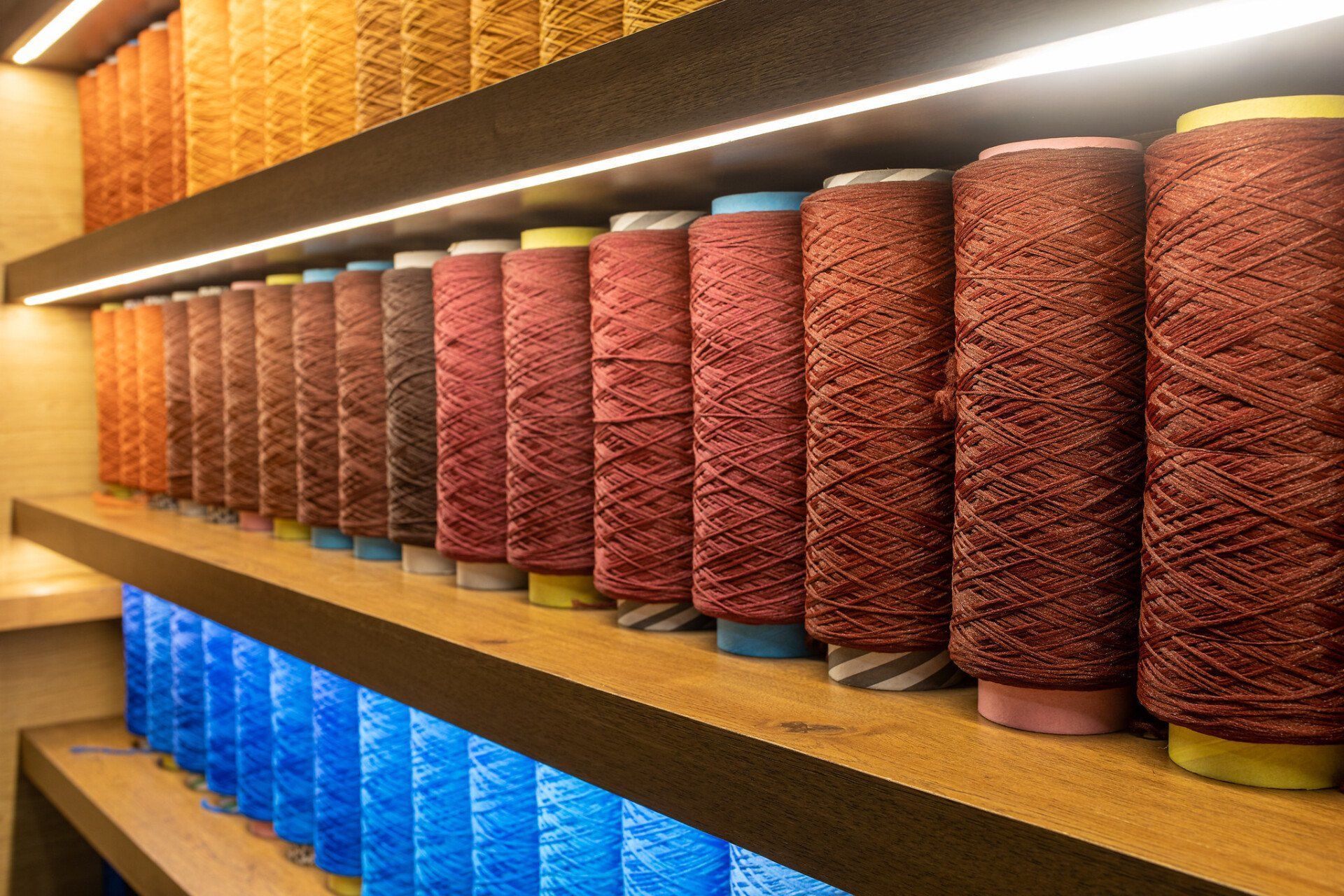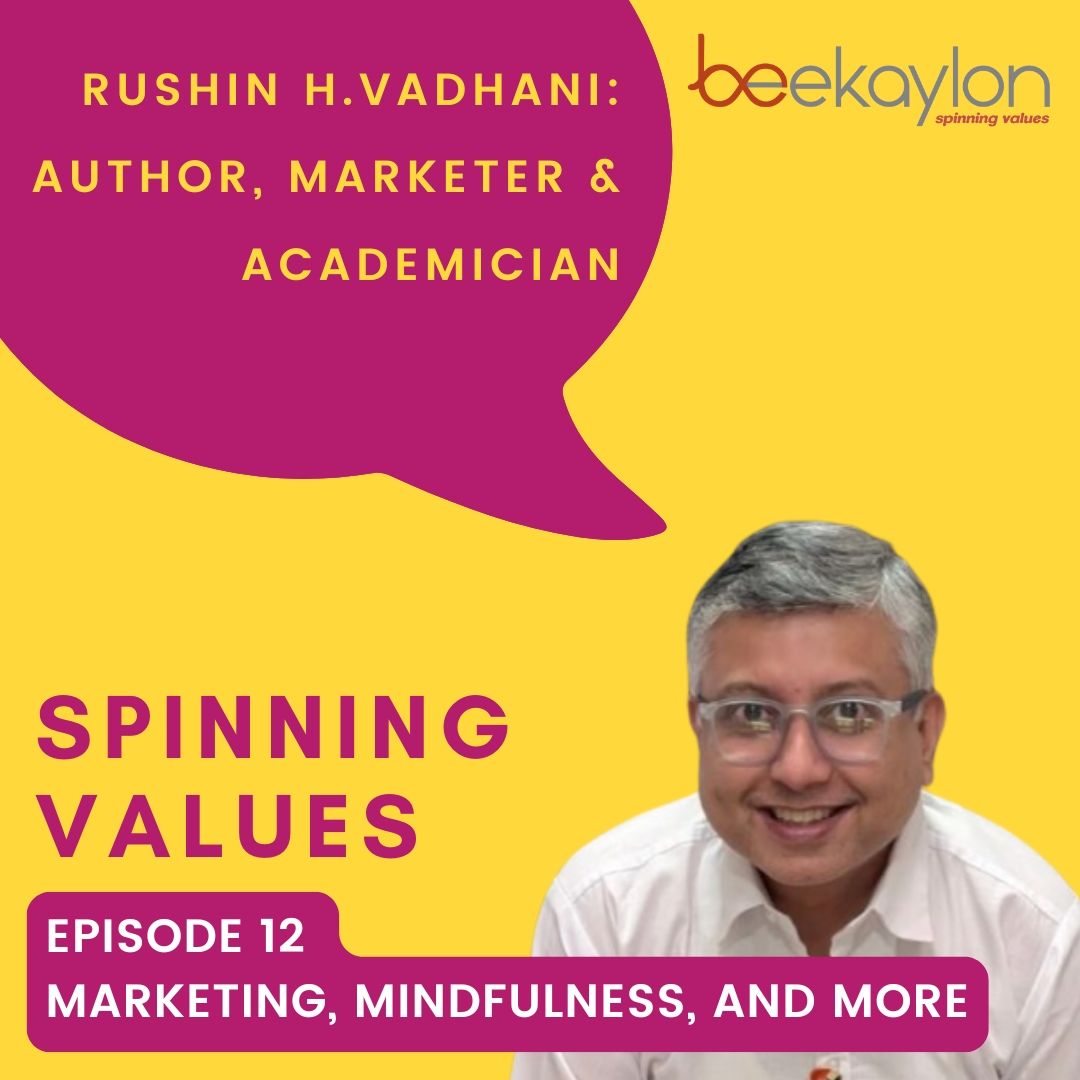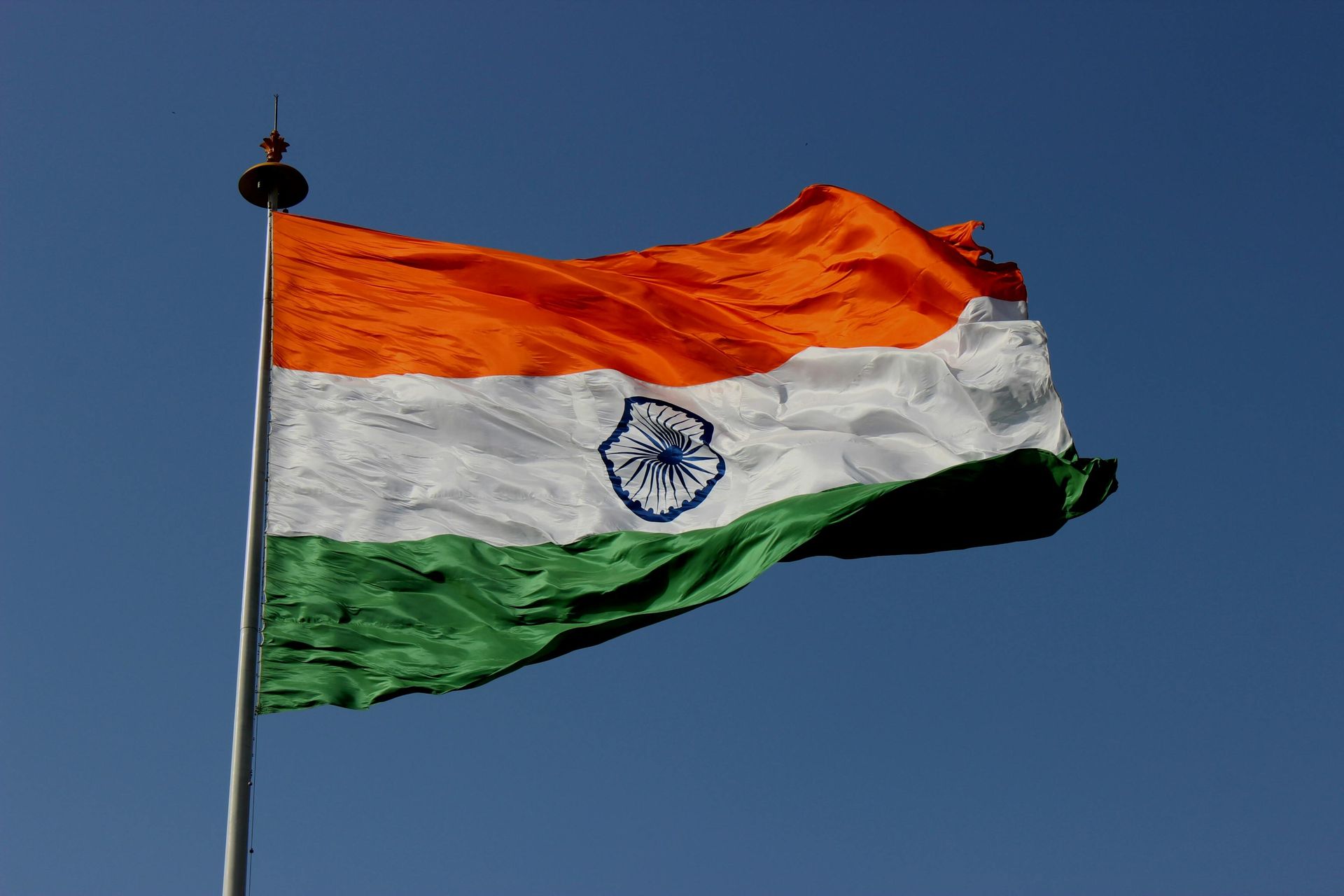Dope dyed Vs Conventional Dyeing – The solution for Sustainability
Dope dyed Vs Conventional Dyeing
– The solution for Sustainability
Conventional methods of textile dyeing have been flagged as one of the major contributors to polluting the environment. Most of us don’t realise that behind trendy and beautifully coloured clothes, there lies a toxic history. Conventional dyeing consumes a large amount of water and chemicals and a lot of the wastewater is generated, which makes its way into the drinking water table polluting it. The world has been constantly looking for sustainable solutions and Dope dyeing has emerged as one. This apart, the demand for this has been growing due to a greater market emerging for synthetic fibres, such as polyester, nylon, and viscose across diverse applications. The benefits that it brings along such as colour consistency and fastness besides a reduction in water and dyestuff consumption have pushed its demand too.
The global dope dyed yarn market is set for substantial growth with demand growing in sectors such as textile, automotive, and home furnishing. The dope dyed yarn market is likely to touch an estimated $16 billion by 2027 with a CAGR of 6.4% from 2021 to 2027.
What is Dope dyeing?
Dope dyeing which is also known as solution dyeing is an innovation in the dyeing process that is environment-friendly. Choosing dope dyeing results in a significant reduction in the amount of pollution generated during the manufacturing process.
Conventional yarn dyeing consists essentially of the yarn being placed in a vat of kettle of dye and subjected to the necessary conditions for dyeing such as pressure and heat. There are three major methods used, Skein dyeing, Package dyeing and Space dyeing.
The conventional dyeing process includes first creating the raw white yarn is (textured) and then dying it whereas the process for dope dyed yarns involves mixing the raw white chips with coloured masterbatch chips resulting in a coloured Partially Oriented Yarn (POY) / Fully Drawn Yarn (FDY).
How is it sustainable?
Conventional dyeing processes rely on wet processing which involves the usage of hot water and chemicals to make the colour adhere to the fibre. According to the Global Efficiency Intelligence, on average, about 11 litres of water are needed for each metre of dyed fabric. This translates into around 100-150 litres of water to process just 1kg of textile material making it quite water-intensive. In Dope dyeing, there is a reduction of 80% in the usage of water.
Dope dyeing makes a highly sustainable option as it uses fewer chemicals and energy since the process is quite short. Less wastewater is generated and this reduces the environmental footprint of the final products. Greenhouse emissions are reduced too.
Benefits
The dye holds strong to the yarn and therefore the advantage is that this enables Master Batch addition for an increased number of washes. Dope dyeing is ideal for bright colours, durable and resistant to fading even with regular exposure to sunlight. The cost of dope dyed yarn is lesser than the conventionally dyed ones. As this is custom mixed, it offers precise colour matching. There’s a shorter lead time for yarn buyers as buyers see the colours before they buy.

Beekaylon – The leader in dope dyed yarns in India
Beekaylon is the largest manufacturer of dope dyed yarns in India and a pioneer in the Synthetic Yarn Processing (Polyester) industry. Established in 1979 in a small city in India, Silvassa, it has grown into a globally renowned brand with customers across the world. The world-class manufacturing facility is manned by professionals and brings out innovative yarns and products that delight customers. Sustainability is one of the core values that it believes in and abides by.
Beekaylon offers dope dyed recycled polyester & biodegradable yarns to leading global brands & buyers. It is committed to 100% sustainability.
Why is Dope dyeing the future?
With the world looking towards more sustainable dyeing solutions that are healthy for the planet, dope dyeing is growing in popularity. Many global brands have now increased the proportion of dope dyed yarns in their production to support sustainability and earn carbon credits.



